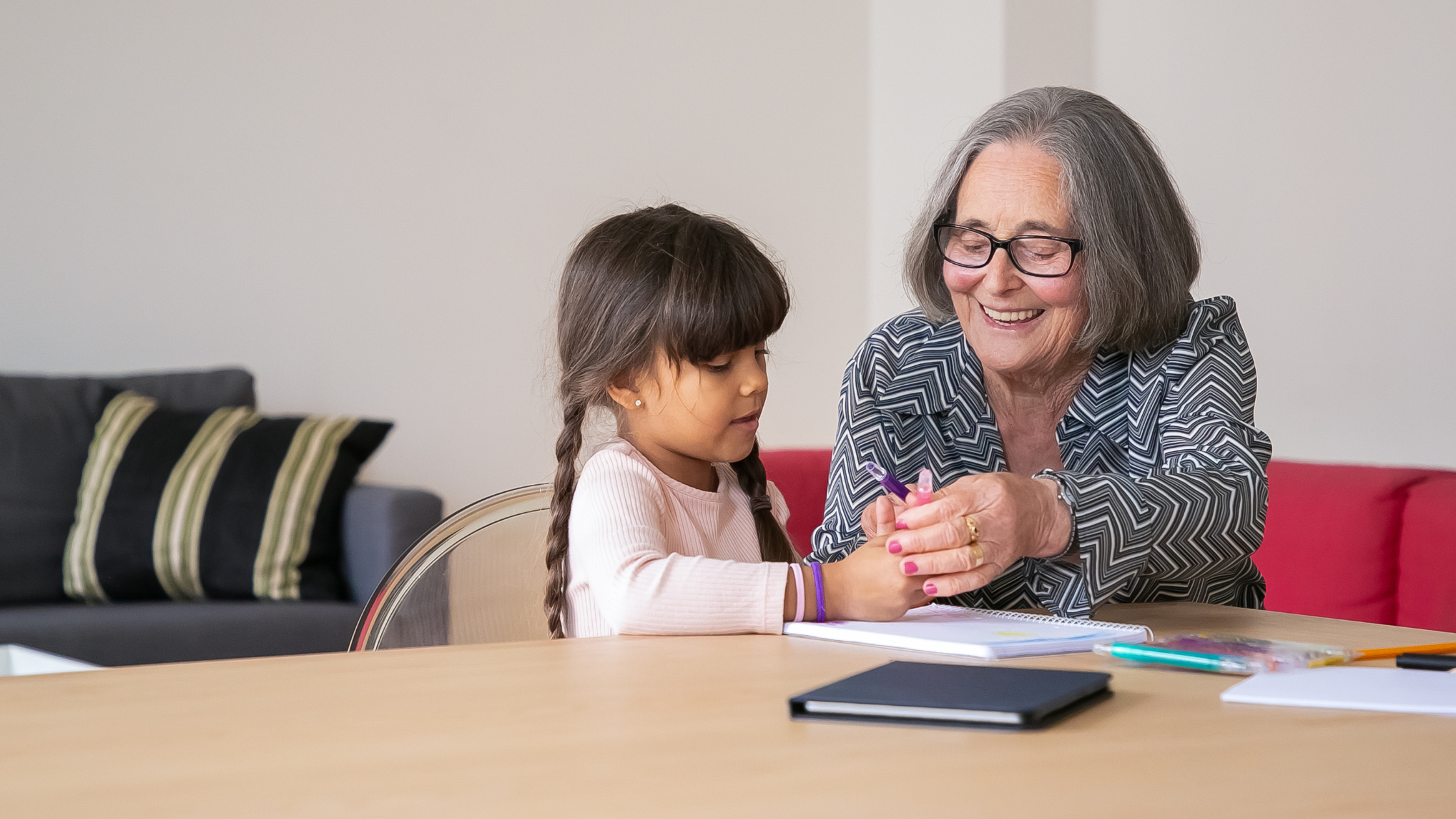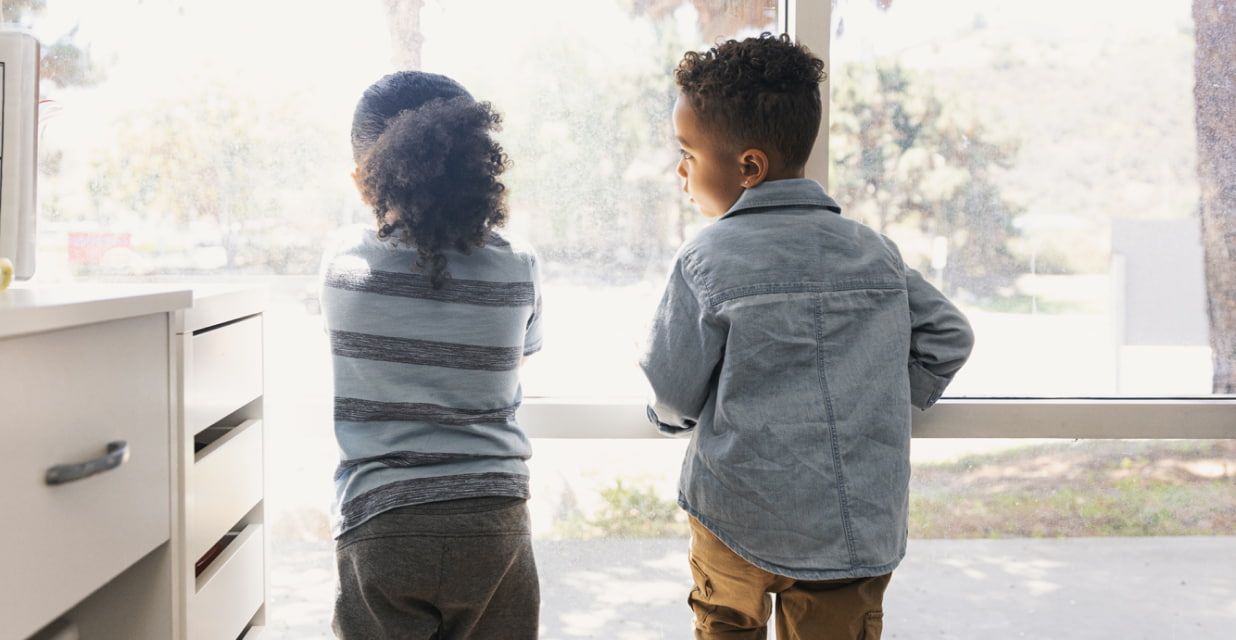By Shauna Oakes
Sometimes, when I walk through the halls in one of our clinics, I hear laughter creeping out from therapy rooms. At times I hear the frustration of a child who is just learning constructive ways to express emotions. And other times I see creative art pieces lovingly assembled by small hands or groups of children learning to work together. But every day, I feel a deep sense of gratitude that this is the work I get to be part of.
I’m a grandmother and that role defines my heart. But I’m also the administrative director here at SmallTalk Pediatric Therapy-a place that has become a second home not just for me, but for so many families navigating life with little ones who need a bit of extra support.
From the desks I have occupied, I have seen it all: the worried looks of new parents walking in for their first visit, the nervous energy of kiddos not quite sure why they are there or what to expect. But then-over time-the incredible transformation that happens when trust, patience, and care take root.
The Strength in Showing Up: A Message to Parents
What I want parents to know is this: you are doing enough. You are showing up for your child in a world that can sometimes feel overwhelming. You are not alone.
As a grandmother, I often find myself watching these children as if they were my own grandbabies. I see their bravery, their moments of frustration and celebration. I watch them find their voices, their balance, their confidence and I feel so much pride, even if I’m just a tiny part of their journey.
As a mother, I recognize the deep sacrifices you make-your time, your energy, and sometimes other interests you may have had to put on the back burner. I hear your concerns, and I love to see, hear and celebrate with you the victories, especially the ones that once felt out of reach.
Therapy Is a Relationship, Not Just a Service
Therapy, to me, is not just a service. It’s a relationship. It’s a safe space where children are reminded that they are capable, that they matter, and that they are deeply loved for who they are not just for what they can do.
And for the families who walk through our doors: I hope you feel that we care about not just your kiddo but we care about you. I hope you feel our belief in your child, in your family, and in the progress that sometimes comes in inches, not miles. I know the road can be long. I have witnessed it myself over and over again. But I also know how beautiful it can be when you have the right people walking it with you.
Celebrate Every Milestone—Big and Small
So from one grandmother’s heart to another parent’s hands-thank you for trusting us. Thank you for letting us celebrate your child’s growth, step by step. You may not always see it in the moment, but there is magic in the work we can do together. And I promise, from where I sit, it is the most meaningful work I’ve ever known.
Shauna Oakes is the Administrative Director at SmallTalk.





